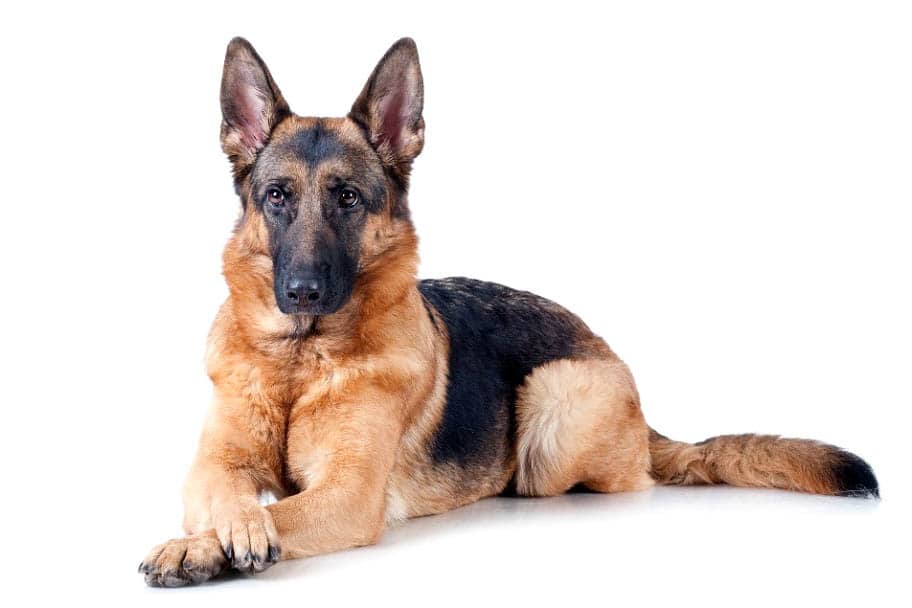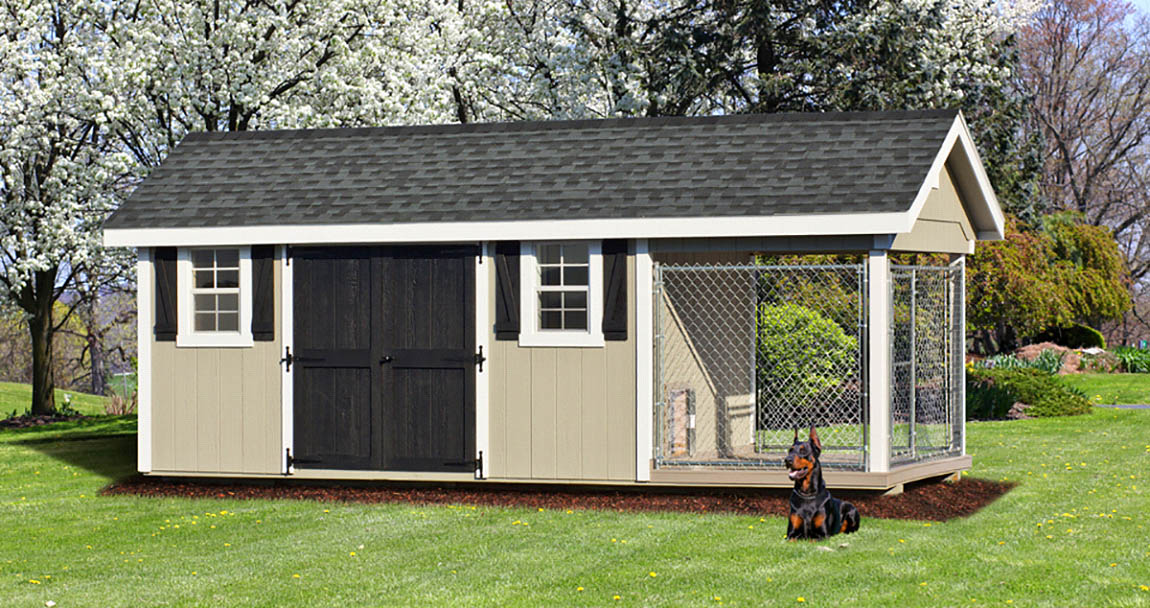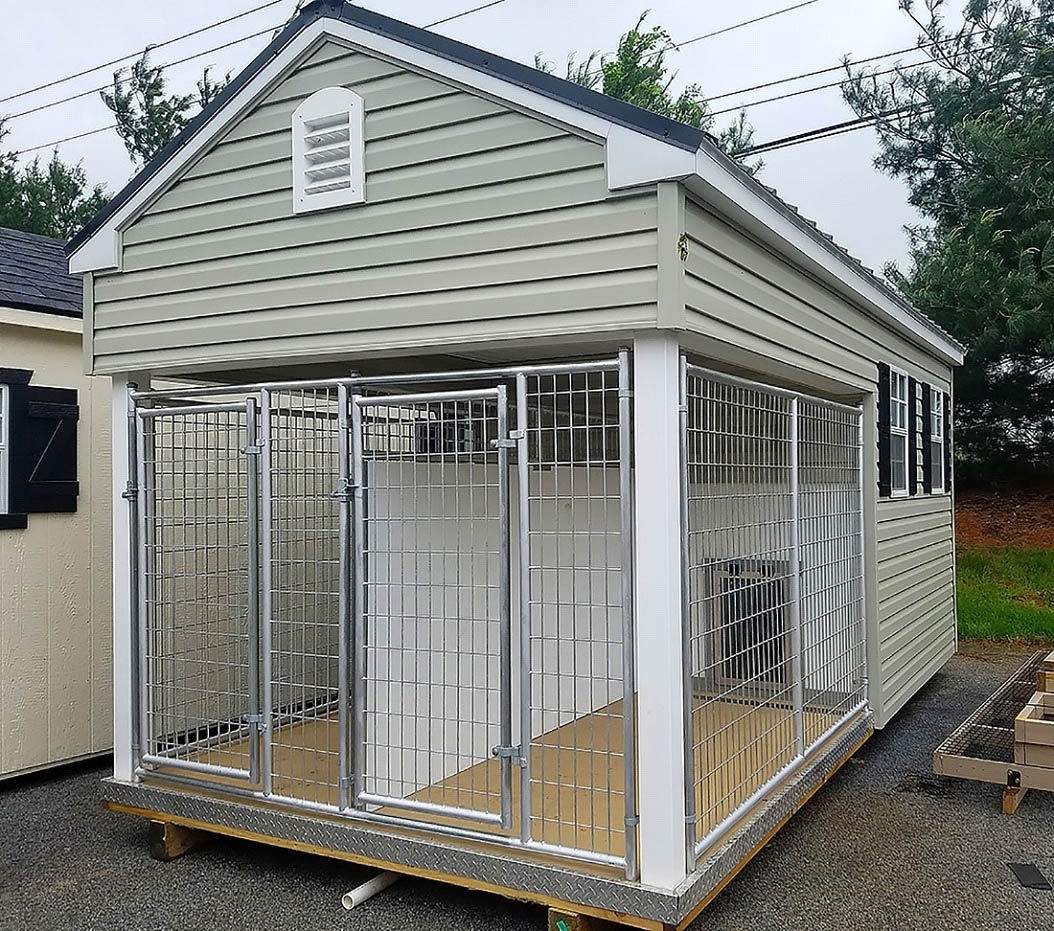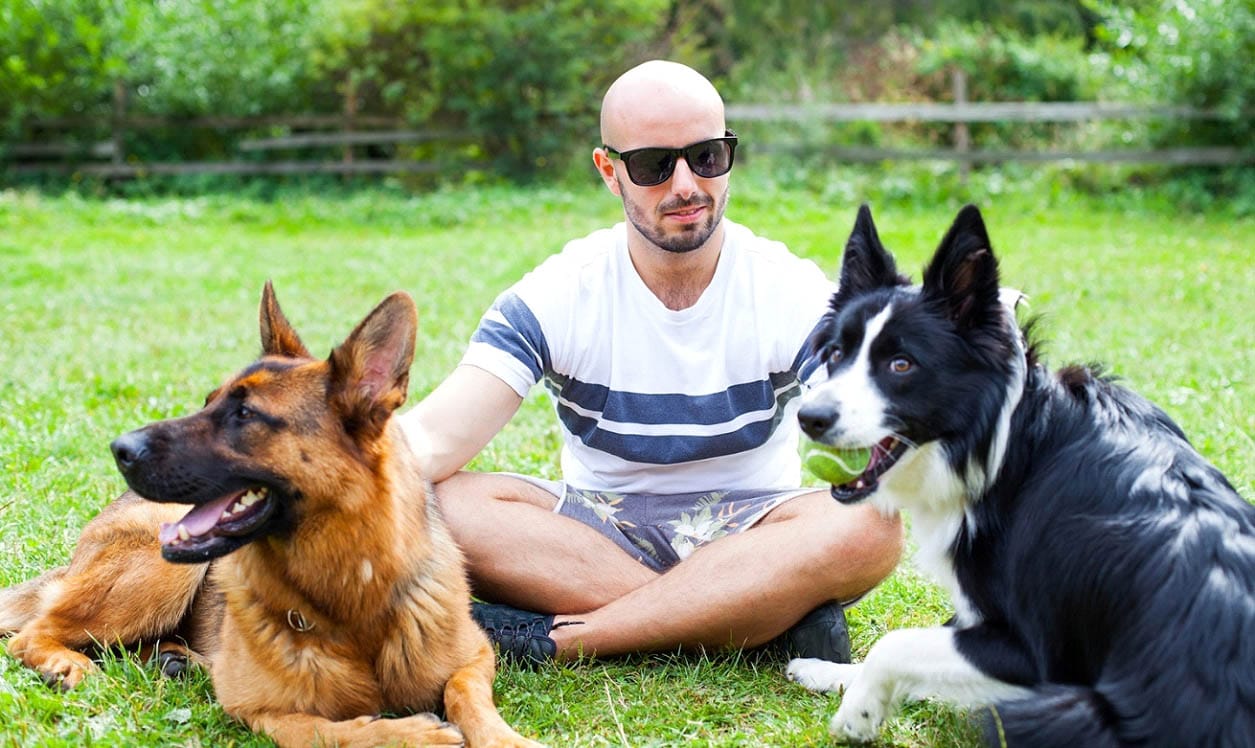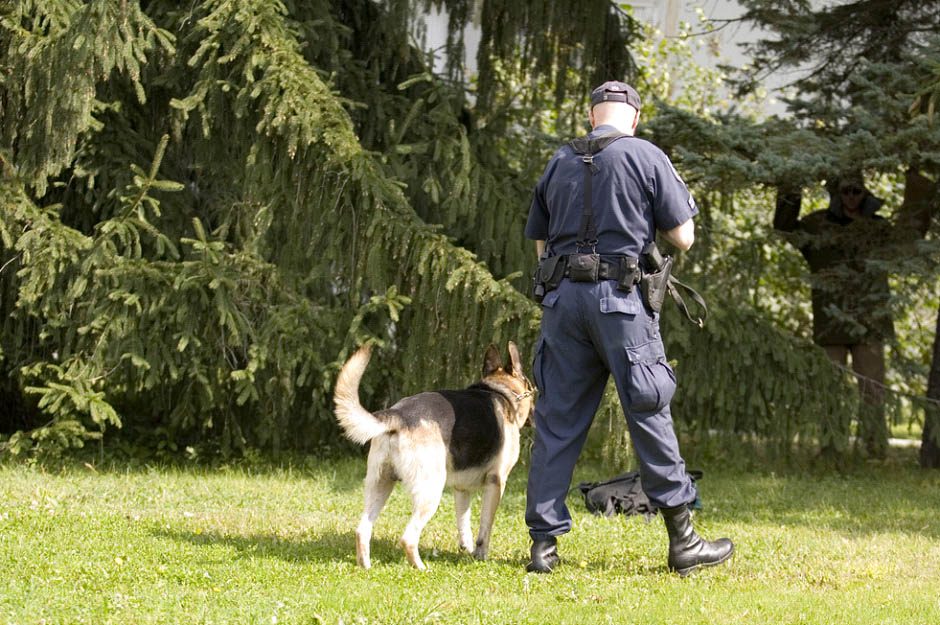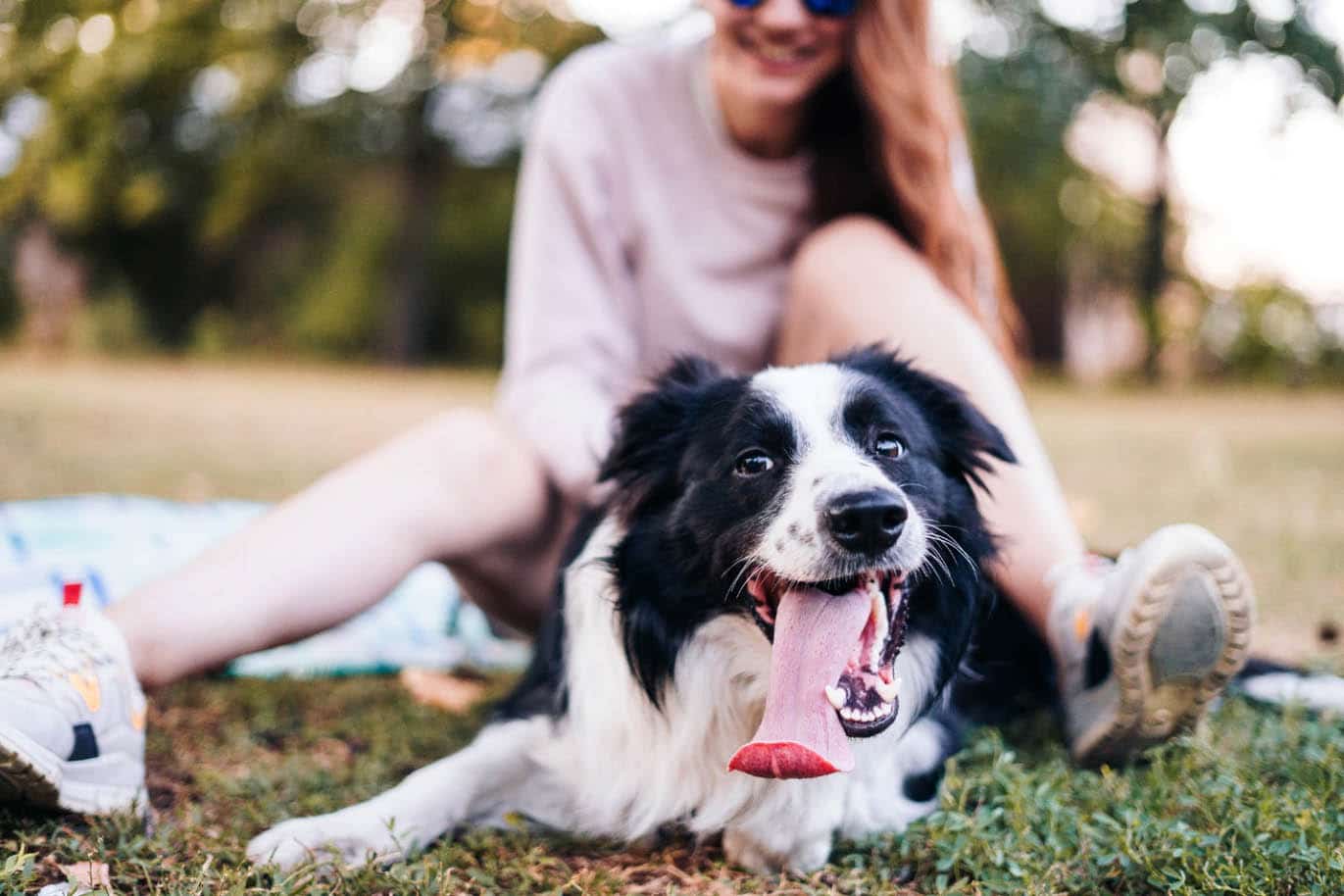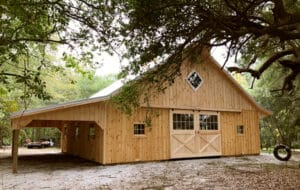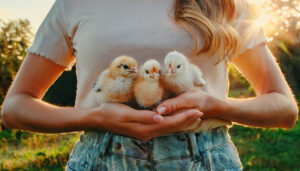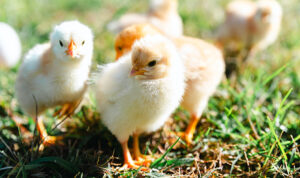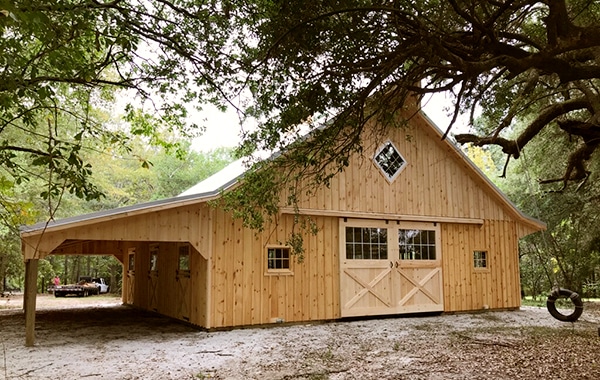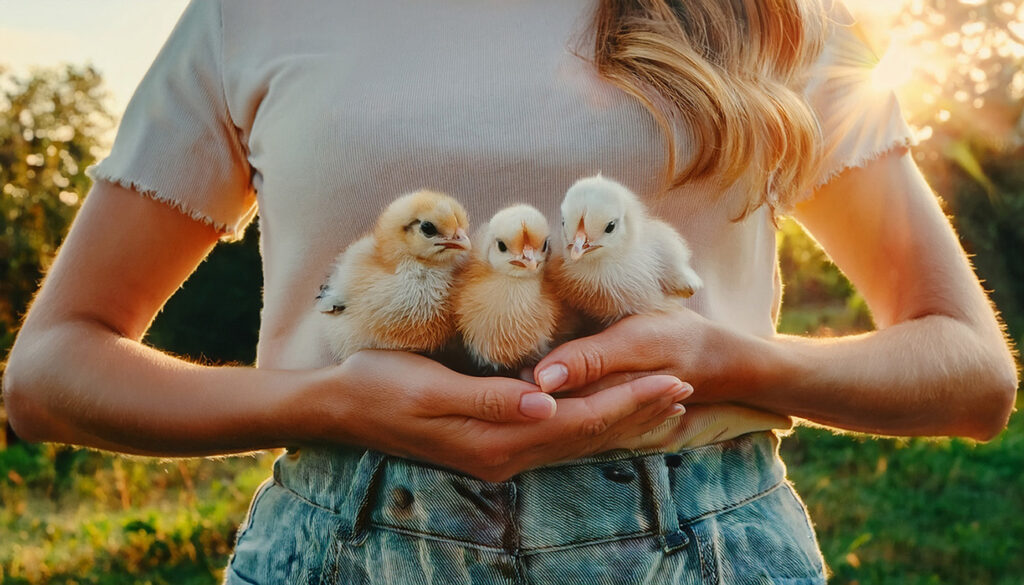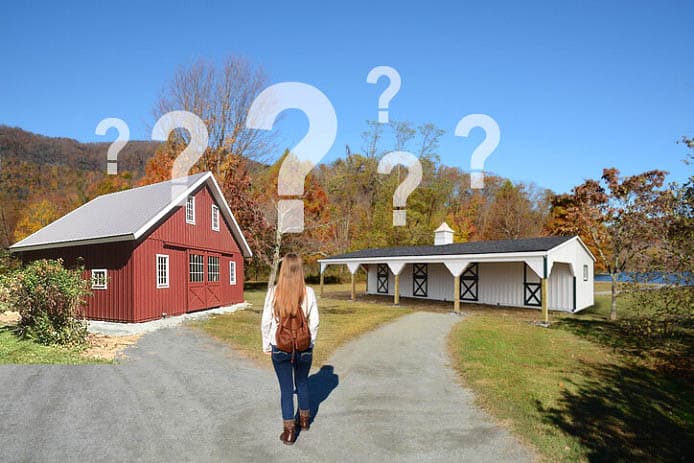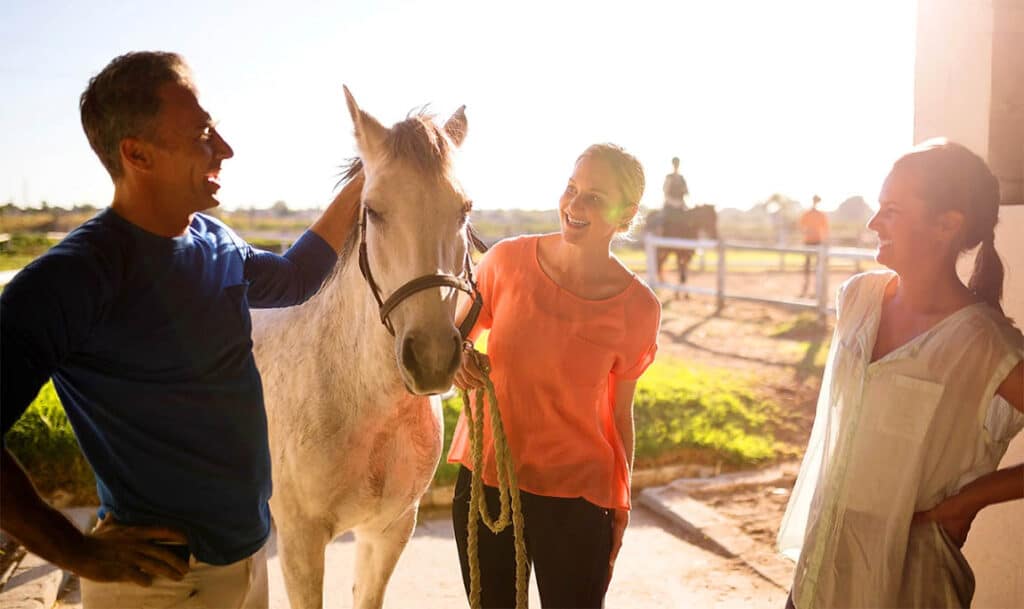Dogs are well-known to be a superb deterrent to criminals and predators. Whether you need to protect your home, your business, or your livestock, a good dog can be a valuable asset.
However, it is absolutely essential that you handle your dog appropriately in order to prevent accidents and lawsuits. Here are some essential tricks to caring for and kenneling home, business, and livestock protection dogs.
A Secure Kennel is a Must
No matter what kind of protection dog you have, a comfortable and secure dog kennel is an essential tool. There will invariably be times when your dog shouldn’t be on the job. Having a service technician at your home or business can be stressful and confusing for even a trained protection dog.
Having people come and go from the house, potentially moving objects around or behaving abruptly or noisily can be triggers that make a dog think that the individual is a threat when they are not.
When you need to use a herding dog to move livestock or if you are slaughtering livestock, a livestock guardian will surely be triggered to attack and will experience a lot of stress.
During these times, you need to be able to kennel your dog. Ideally, the kennel you choose will provide visibility barriers so that the dog will not be able to see what is going on in the property while they are kenneled. However, even with a visual screen, dogs may understand that something is going on and do their best to escape the kennel.
A protection dog escaping their kennel when you did not intend for them to do so can be an extremely dangerous situation. Therefore, you must choose an extremely secure kennel. Choose a kennel with fencing that goes all the way to the roof so dogs can’t climb out. Welded wiring is a better option than chain link, which some dogs can rip open.
Your dog’s kennel should also be a comfortable place for your dog to be. There should be a door flap between the inner and outer portion so your dog can access a climate-controlled area. A roof or awning over the outside area is important to avoid direct sunlight when your dog wants to be in the outside portion. For dogs that are severely triggered by events going on outside, the ability to lock the door flap to keep the dog on the interior portion may be a good idea.
Make Feeding a Routine
Most dogs, including guardian dogs, find feeding to be one of the most pleasant times of their day. Feeding time will ideally cover at least 1/2 hour of the day, giving your dog time to enjoy eating and have some time to relax off of the job.
Feed your dog in their kennel from a food distributing toy. Feeling in this way gives your dog an opportunity to focus on enjoying their food end makes feeding time into playtime. It also provides mental stimulation so that your dog will not become bored or behave erratically when they are on the job.
Build a Bond
Just because your protection dog is a working dog doesn’t mean that you shouldn’t have a bond with them. Even with livestock dogs, who should be more closely bonded to the flock than they are to you, a good relationship is important.
Build a bond with your dog by hand feeding them treats, playing with them, and providing basic training. You should be careful to bathe your dog and run your hands over every part of their body regularly to be sure that they are not injured or suffering from any sensitivity. Regular vet visits, high-quality food, and plenty of exercise are essential for any dog, whether it is a working dog or a pet.
All dogs, regardless of their jobs, should be able to come when called, sit and stay on command, and walk on a leash. Practice bringing your dog places they may need to go in the course of their life or work:
- If you have a livestock protection dog, make sure you practice bringing them on and off of livestock trailers, into barns, and anywhere else they may need to go with the livestock.
- If you have a work protection dog, practice bringing them to the veterinarian for friendly visits from the time they are young, and also be sure that they can be trustworthy on a leash outside of the business place.
- If you have a home protection dog, you will want to be able to bring them anywhere you’d want to bring your personal pet, so practice early with trips to restaurants, walks through the neighborhood, and visits to dog-friendly businesses.
Practice or Observe Your Protection Dog at Work
Your dog has a job to do, and you want to have some confidence that they’ll do it. Trained protection dogs should have the opportunity to practice with a handler who is wearing full body protection periodically. Ideally, even you won’t know when the handler will arrive so as to replicate a real protection situation as closely as possible. Make sure to give your trained protection dog the opportunity to practice at least a couple of times a year at a minimum to be sure that they are still sharp on their skills.
If you do not have a trained protection dog, it can be a bit more challenging to practice. Many dog breeds and individual dogs have strong instincts to protect home and property, and for most people, the deterrent of a barking dog is all they need.
These dogs should not be tested with a handler, as they may attack parts of the body that are not covered by the protective suit, like the hands and face. However, you can still be sure that they have a strong protective instinct but asking a volunteer to approach a strong fence or window that you are confident the dog will not be able to break through. For added protection, you can keep the dog on a leash. This is a good opportunity to see whether the dog will bark in a menacing way that would be likely to deter a criminal.
When it comes to livestock protection dogs, it is nearly impossible to set up a situation to test their effectiveness. Instead, set up motion-activated cameras around your property, especially at night, so that you can see whether they are chasing off predators or whether predators are approaching and being deterred by their presence.
Enjoy a Happy and Effective Protection Dog
A dog can be an effective deterrent to two criminals and animals and a powerful protector of home, property, or livestock. However, it is essential to provide the right kind of care, handling, and training to set your dog up for success and ensure that they enjoy their work.


